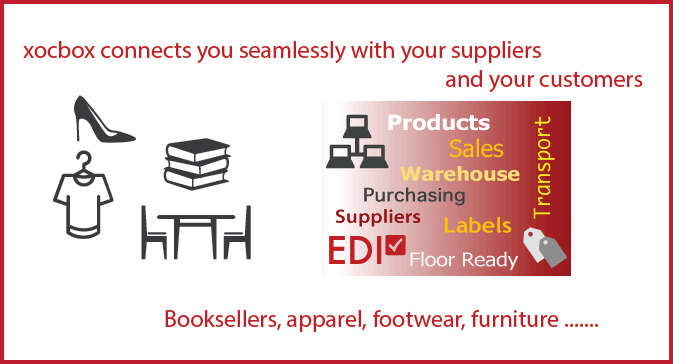More Business Buyers using Amazon
In a recent survey by B2BecNews, it was discovered that nearly 8 out of 10 business buyers were using Amazon to purchase and you would naturally think that it would be a place where manufacturers and distributors are planning to sell their products, if they are not doing so already.
Corporate buyers would love to see more sellers on the Amazon marketplace, but the survey revealed that the manufacturers and distributors surveyed had no future plans to sell on Amazon marketplace.
The survey, which covered corporate buyers from a range of industries including automotive, consumer electronics, industrial and healthcare products found that a staggering 78.4% of B2B buyers researched and made a purchase from Amazon Business, and it is possible that number would be even higher if more manufacturers made their products available on the B2B channel.
Only about 40% of manufacturers sell on either Amazon Business or Amazon.com, and nearly 50% of manufacturers that don’t sell on Amazon, did not have any plans to do so. 10% planned to do so in six months or less, just over 5% thought they would do so in six months to a year, another 13.5% had plans to sell in 1 to 2 years time, so many are ignoring the opportunity to tap into potential buyers who are seeking products that they may sell.
Corporate buyers, who are accustomed to buying online for their personal purchases, are looking for the same ease and simplicity when they make purchases for their business. Amazon B2B offers buyers a streamlined shopping experience which equals the ease with which buyers shop online for themselves.
Manufacturers and distributers who have a website or portal for buyers often believe that they don’t need to be on a marketplace, but research is showing that this is not the case. The opportunity to buy several types of products from different suppliers in one place is also attractive to busy executives.
The numbers below indicate where buyers are most likely to go for their purchases:
Amazon Business – 78.4%
Alibaba – 36.5%
ThomasNet – 28.4%
Global Sources – 24.3%
Wholesale Central – 16.6%
If you are interested in selling on a B2B portal, but not sure where to start, contact xocbox to learn how we can help. Tel 858-752-3803, or email info@xocbox.com.






